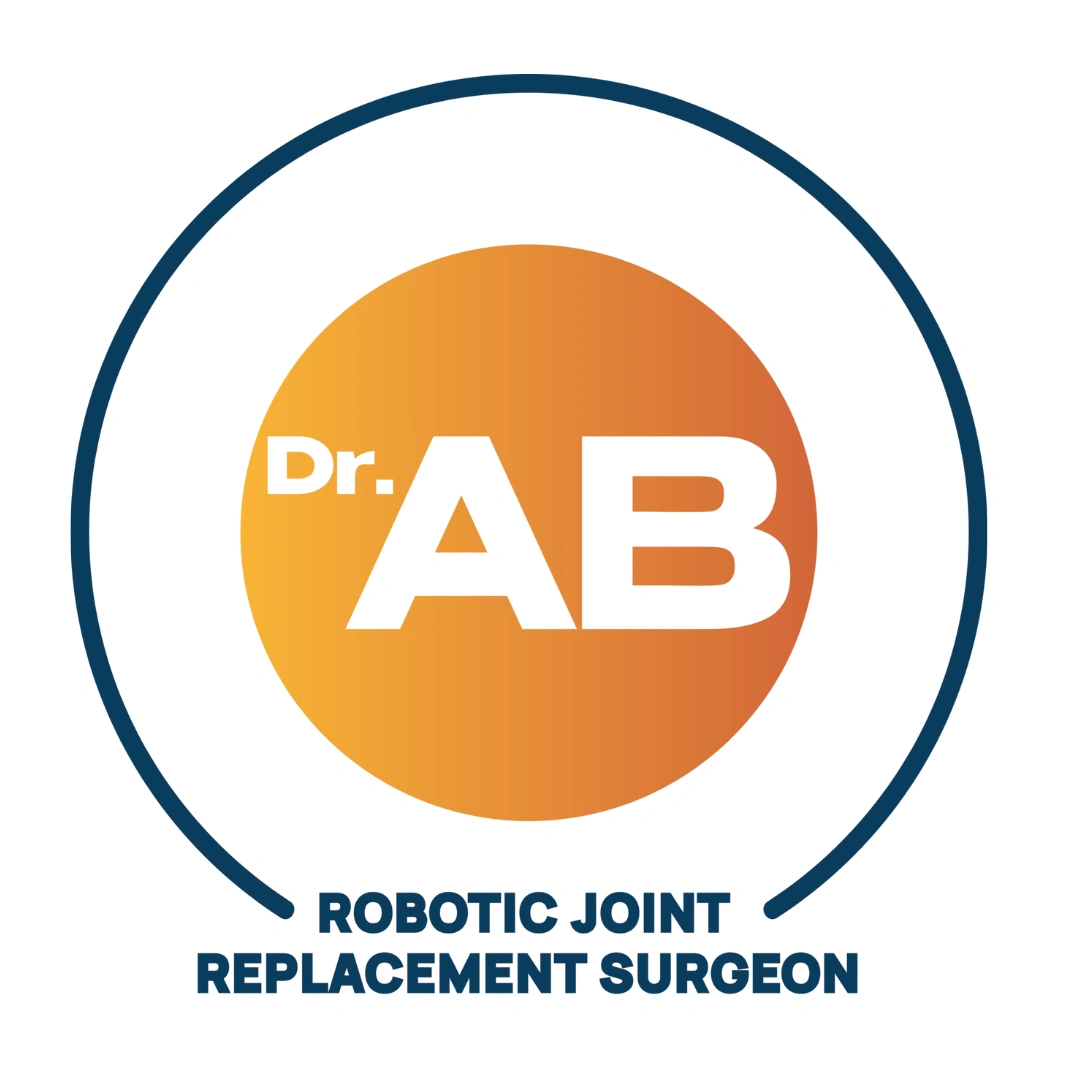The Key Differences Between Muscle Sparing Knee Replacement Surgery vs Conventional Knee Replacement Surgery

Knee Replacement Surgery has come a long way in the past two decades. What was once a lengthy, painful, and slow-recovery procedure has now evolved into a precise, minimally invasive, and patient-friendly experience — thanks to advancements like Muscle Sparing Knee Replacement and Robotic-Assisted Surgery.
While both conventional and muscle-sparing knee replacements aim to relieve pain and restore mobility, their techniques, recovery patterns, and long-term outcomes differ significantly. In this blog, we’ll understand how these two surgeries differ and why many patients today prefer the Muscle Sparing technique, especially when performed by Dr. Abhishek Bhalotia at United Superspeciality Hospital, Gondia.
What Happens in a Conventional Knee Replacement?
In a conventional knee replacement surgery, the surgeon replaces the damaged knee joint by making an incision at the front of the knee. To access the joint, some of the thigh muscles (especially the quadriceps) are cut or split.
While this technique has been performed successfully for decades, it often leads to:
- More tissue trauma
- Greater post-operative pain
- Higher blood loss
- Slower recovery and rehabilitation
Patients typically require a longer hospital stay and need more time before they can resume walking, climbing stairs, or performing daily activities comfortably.
What Makes Muscle Sparing Knee Replacement Different?
The Muscle Sparing Knee Replacement Surgery — also known as the Quadriceps-Sparing Technique — takes a completely different approach. Instead of cutting through the muscles, the surgeon carefully separates and works around them.
This preserves the natural strength of the thigh muscles and results in:
- Less pain
- Minimal blood loss
- Faster recovery
- Shorter hospital stay
At United Superspeciality Hospital, Dr. Abhishek Bhalotia combines this advanced method with Robotic-Assisted Technology for unmatched precision. This ensures the implant is placed with millimeter-level accuracy, aligning perfectly with each patient’s anatomy.
Side-by-Side Comparison: Muscle Sparing vs Conventional Knee Replacement
Aspect | Conventional Knee Replacement | Muscle Sparing Knee Replacement |
Muscle Involvement | Major thigh muscles are cut for access | No muscles are cut; only separated gently |
Surgical Approach | Traditional incision through muscle tissue | Minimally invasive, muscle-preserving |
Blood Loss | Moderate to high | Significantly less |
Post-operative Pain | More pain due to muscle trauma | Minimal pain and faster comfort |
Recovery Time | Slower, 4–6 weeks to regain strength | Faster, walking within hours of surgery |
Hospital Stay | 3–5 days | 1–2 days (in most cases) |
Rehabilitation | Requires longer physiotherapy | Early mobility and faster rehab |
Long-Term Function | Good results but slower return of strength | Better knee stability and natural movement |
The Recovery Advantage
Patients who undergo Muscle Sparing Knee Replacement often experience a remarkably faster recovery.
At United Superspeciality Hospital, Dr. Bhalotia’s patients typically:
- Start walking within 6 hours of surgery
- Regain independence within 24 hours
- Report less swelling and stiffness post-surgery
- Resume daily activities far sooner than expected
The preserved muscle strength ensures that patients feel more stable and confident during rehabilitation.
Technology Meets Expertise: Robotic Precision by Dr. Abhishek Bhalotia
The real game-changer lies in the combination of Muscle Sparing Technique with Robotic Knee Replacement. Robotic systems help Dr. Bhalotia create a highly accurate, patient-specific surgical plan. The robotic arm assists in executing the procedure with unparalleled precision — minimizing errors, protecting soft tissues, and ensuring optimal implant alignment.
This means better balance, improved knee function, and long-lasting results — all with minimal downtime.
Why Patients Prefer the Muscle Sparing Approach
Patients today are looking for faster recovery, less pain, and early independence. Muscle Sparing Knee Replacement fulfills all three.
It’s especially beneficial for:
- Senior citizens who want to walk early after surgery
- Working professionals seeking quicker recovery
- Active individuals who want natural knee movement and long-term comfort
As Dr. Abhishek Bhalotia often says,
“Our goal isn’t just to replace a knee — it’s to restore confidence, motion, and quality of life.”
Conclusion: The Future of Knee Replacement is Muscle Sparing
The difference between Conventional Knee Replacement and Muscle Sparing Knee Replacement is the difference between tradition and transformation.
With less pain, faster recovery, robotic accuracy, and muscle preservation, the muscle-sparing technique represents the next generation of joint replacement surgery.
If you or your loved one is suffering from chronic knee pain, don’t delay.
Consult Dr. Abhishek Bhalotia at United Superspeciality Hospital, Gondia, and take the first step towards a pain-free, active life with Muscle Sparing Robotic Knee Replacement Surgery.
DISCLAIMER
*This website is for providing general information only and should not be considered as medical advice or soliciting patients.
**An in-person consultation with the Doctor is adviced before practicing any remedies / recommendations mentioned on this website


